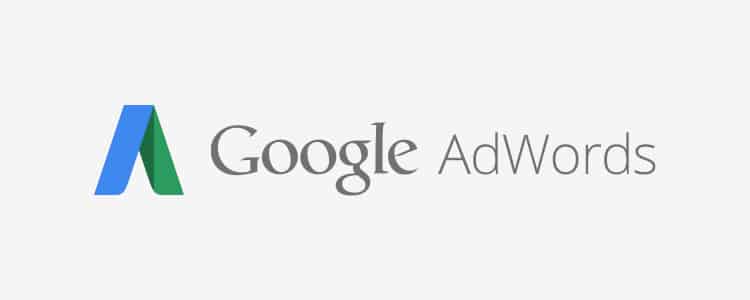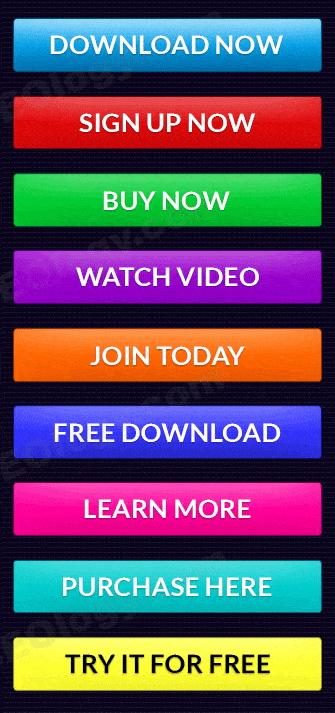Imagine you’re a photography buff and you start seeing lots of advertising everywhere for a new camera superstore opening in your area. You can’t turn on the TV, open a newspaper or drive down the road without seeing a billboard or advertisement for the new store.
On the day of the grand opening you arrive at the store, full of anticipation of getting your hands on the camera equipment you can’t find anywhere else. The store looks great and lots of people are there.
But when you finally get inside, you don’t find what you expected, the product displays don’t make sense and it’s difficult to know how to get what you came for and pay for it.
The mistake that the store owners made is to concentrate on getting more people to the store thinking that’s enough to make sales.
No one would invest in a bricks and mortar store unless they knew adequate resources were devoted to carefully thought out floorplans, signs, displays and assistance so shoppers can easily find what they need and be able to checkout quickly and conveniently.
It would be ridiculously wasteful to spend money to attract shoppers unless the right elements were in place to convert them once they got to the store.
So Why Do We Do Exactly That Online?
PPC is Irresistible: Google Adwords and other PPC advertising programs are the great double-edged sword of digital marketing.
On the one hand they might be the ultimate advertising medium of all time. Before Adwords, who could have imagined an advertising channel that you only paid for if your customers actually took action (clicked) on it – as opposed to merely getting an “impression”; and that you could geo-target; display with specific phrases; at certain times of day, and precisely when your products are front-of-mind.
But all those incredibly seductive traits of PPC takes your focus off the main goal of any advertising, which is to convert a customer. And that can end up, like the bricks and mortar scenario above, being ridiculously wasteful.
We are so enamoured by PPC’s ease of use, flexibility and effectiveness at getting people to visit our website that we now judge the success of our digital marketing campaigns, PPC and SEO, by click-through rates, how many people visit our site and/or email addresses we get.
The numbers underscore our warped sense of digital marketing success:
- 95% – The budget allotment most digital marketers devote to getting people to visit their website using tools like SEO and PPC
- 5% – Budget portion devoted to converting that traffic.
- 3.15% – Average ecommerce conversion rate in the U.S., Q4 2014 ( Monetate Ecommerce Quarterly)
- 9.87% – Average B2C landing page conversion rate (blog.wishpond.com)
There’s the Ridiculousness: over 90% of the traffic, for which you spend 95% of your budget, is wasted.
PPC Conversion Optimization Isn’t Just About Click-Through Rates
Just like the bricks and mortar scenario, a successful online retail or lead-generating venture can’t live by traffic alone. It’s really a combination of three main factors.
First, yes, you need people to be aware of you (traffic). Second, you need a place for them to go (your website or landing page). Third, you need to convert them once they get there.
But those elements can’t work separately. They must all work in balance, focused on the ultimate goal of your advertising: converting the customer.
With awareness, or traffic, at the top of the funnel, combined with the seductiveness and instant gratification that you get from PPC, your attention is drawn there, away from the other two elements, which throws your overall campaign out of balance – and results in 90% of your traffic leaving without becoming customers.
But, again, to optimize your PPC, and all your digital marketing, your attention should be focused at the bottom of the funnel, the conversion goal.
When you do that, it keeps your overall campaign in balance. And it reveals the first step in optimizing your PPC advertising:
1. Choose the Conversion Goal for Which You Will Optimize Your PPC Campaign
You may have a number of different conversion goals on your site, including a newsletter sign-up, ebook download or making a sale. To optimize your PPC campaign, the first step is to focus it on one of your specific onsite conversion goals.
2. Work Backwards from the Goal
Not only does focusing on the conversion goal put your digital marketing in proper balance, but it automatically shows you all the steps you need to take to optimize your marketing and, ultimately, your PPC campaign.
One of the problems with starting at the top of the funnel, or awareness, is that you are not always sure how your customers get to your call-to-action. But by starting at the CTA, and using your analytics data to follow the customer’s path back to where she first found you, you discover the conversion steps she took, and the points you need to optimize.
3. Develop Your Landing Pages
Once they choose to take the leap and click on your ad, the first experience your customer has of your company is your landing page.
How Important is That? Success or failure on your landing page virtually determines the success or failure of your digital marketing.
It means you should spare no expense in optimizing your landing pages. It’s where you open up the funnel to capture more of the traffic you have attracted to the site.
Among other considerations, think about optimizing landing pages for each of your main customer personas; for different conversion goals and for different points of origin, including hardware platforms, like smartphones, tablets and desktops, and marketing channels, like content marketing and social media.
4. Optimize Your PPC Campaigns and Ad Copy for Each Landing Page/Platform/Goal
At this point, your PPC campaign almost develops and optimizes itself. You don’t need to spend as much time determining your PPC ad groups, they will generally follow the paths you have discovered and set. You won’t suffer writer’s block around what PPC ad copy to use, your landing pages will at least give you a general direction for what to write.
More Than an Optimized PPC Campaign
When you “reverse engineer” the conversion path your customers take, you do more than balance and optimize your online marketing.
- More Targeted Traffic – Each path is more customized for each customer and all your digital marketing, including social media, content marketing and remarketing.
- An AB Testing Guide – Many AB testing programs struggle to find direction because of all the variables. But now you will have at least a template for knowing what and where to test, which will produce better results from your testing.
- More Conversions – It’s the point of everything you do as a business. A balanced digital marketing funnel, more targeted traffic and a clear focus for testing helps you get more conversions.
And that’s why optimizing your PPC campaign is the last thing you should do.



